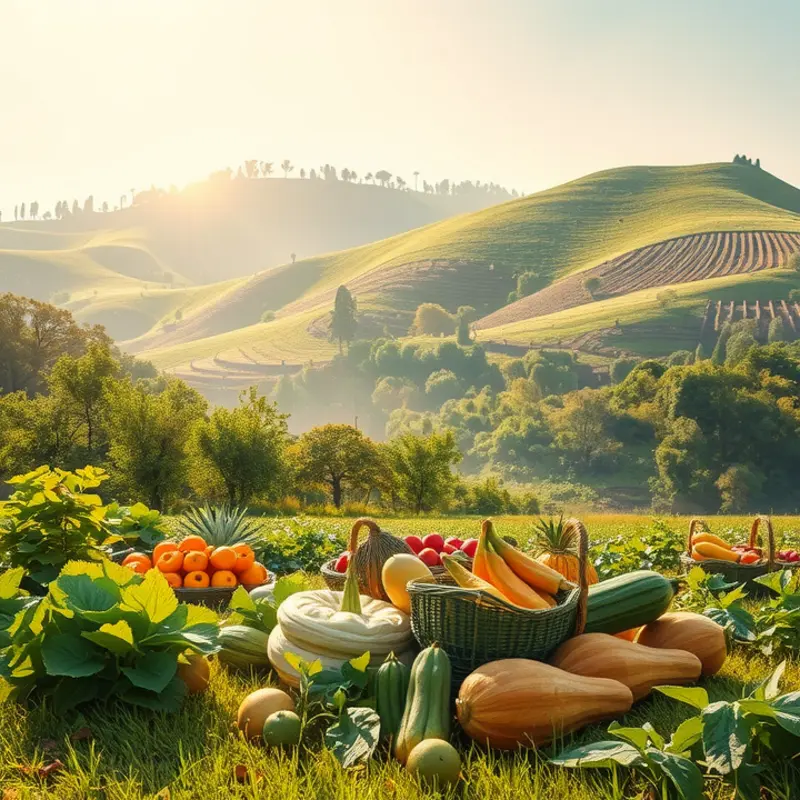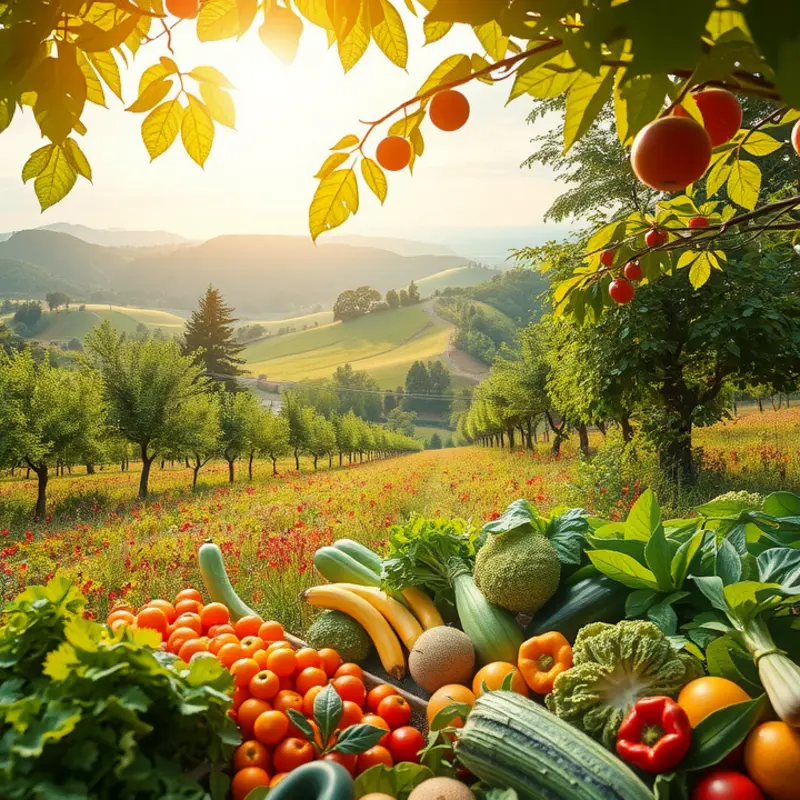A beautifully glazed dish not only enhances flavor but also adds an appealing shine that transforms any meal into a gourmet experience. For home cooks, mastering sauce glazing can elevate everyday dishes and impress guests. Whether you’re a novice or an experienced chef, the right techniques will help you achieve that professional touch. Ready to enhance your cooking skills? Let’s dive into the world of glazes, their applications, and the perfect methods to create them.
Understanding Sauce Glazing: Types and Techniques

Sauce glazing is an art that transforms ordinary dishes into culinary masterpieces. A well-applied glaze can create a radiant finish and deep flavor enhancement. Understanding the types of sauces and techniques for glazing is crucial for honing this skill.
Glossy glazes are often used to impart a lustrous sheen to meats and vegetables. Typically, these glazes are rich in sugar content, which helps achieve a brilliant shine. A traditional balsamic reduction, made from high-quality vinegar and a touch of honey, can add both gloss and a tangy sweetness to grilled vegetables or roasted poultry.
For savory dishes, reductions play a prominent role. A stock-based reduction, simmered with herbs and spices, can turn a simple roasted lamb into an elegant dish. The technique involves reducing a flavored liquid by cooking it down, enhancing its flavor. It’s essential to maintain a gentle heat to avoid over-thickening or burning the sauce.
Sweet glazes, like those used in baking or fruit pairs, offer delightful contrasts. A fruit compote glaze made by gently cooking fruits with sugar and lemon juice can beautifully complement a cheesecake or a roast duck. The balance of tart and sweet is crucial here, requiring careful tasting and adjustments.
Proper technique in applying a glaze is as important as the glaze itself. Timing is critical; applying a glaze too early can result in burning, especially with sugar-forward glazes. Typically, a glaze is applied during the final stages of cooking, allowing for a thin layer to form without excessive caramelization.
Brush-on techniques offer more control over glaze application, allowing you to focus on specific areas of the dish. Use a soft brush for even distribution and avoid excessive loading to prevent pooling. For a more hands-on approach, glazing with a spoon ensures even larger cuts of meat receive adequate coverage.
Pairing glazes with suitable dishes requires understanding flavor profiles. A honey-mustard glaze pairs wonderfully with baked ham, while a ginger-soy glaze enhances the umami notes of salmon. Each pairing should be thoughtful and consider the natural flavors of the main ingredient.
For those interested in reducing food waste and optimizing kitchen storage, a focus on safer storage of sauces proves beneficial. Proper handling ensures that homemade glazes maintain freshness and quality over time.
Mastering sauce glazing elevates home-cooked meals, infusing them with professional finesse. Armed with the right techniques and flavor combinations, any dish can rise from ordinary to extraordinary. Engage with these methods, and watch how your culinary creations shine.
Creating the Ideal Glaze: Step-by-Step Guide

Crafting the perfect glaze is an art that combines the science of flavor with the skill of technique. Begin your journey by understanding how to balance flavors. Use a blend of sweet, savory, and acidic components to create complexity.
Start with your primary sweetener such as honey, maple syrup, or brown sugar. The choice depends on the desired depth and character. For instance, honey offers a floral note, while brown sugar lends a rich molasses background.
Next, incorporate a savory element. Soy sauce or balsamic vinegar can add umami and contrast the sweet base, creating a more dynamic profile. To further enhance these flavors, infuse aromatic herbs like thyme or rosemary. Remember, moderation is key to avoid overpowering the glaze.
Balancing the sweetness with an acidic element is crucial. Lemon juice or vinegar can cut through the richness, offering a refreshing counterpoint. The texture of the glaze is equally important. Aim for a consistency that thinly coats the back of a spoon. Too thin and it will run off; too thick and it may be difficult to spread.
To achieve the right thickness, reduce your glaze over medium heat. This process requires patience. Stir continuously to prevent burning and allow evaporation until you reach the desired viscosity. If the glaze still seems too thin after cooling, gently heat and reduce further, checking frequently.
Finally, consider the aspect of glaze application. For meats and vegetables, apply during the last stage of cooking to avoid burning the sugars. Brush the glaze evenly and return to the oven or grill so it forms a glossy coat.
Experimenting with different ingredients can lead to unexpected culinary discoveries. For versatile flavor boosters, consider a glaze using components from this collection of non-salt alternatives.
This guide serves as a foundation. Use it as a springboard to explore your own combinations and enhance the natural flavors of your dishes for sublime culinary experiences.
Final words
Perfecting the art of sauce glazing brings a new level of sophistication to home-cooked meals, enhancing both flavor and presentation. By understanding the types of sauces and how to create them, you can transform simple ingredients into stunning dishes that are sure to impress. Remember, practice makes perfect! Don’t hesitate to experiment with flavors and techniques to find what appeals to your palate. With every dish you glaze, your skills will continue to grow, making every cooking session a delightful culinary journey.







